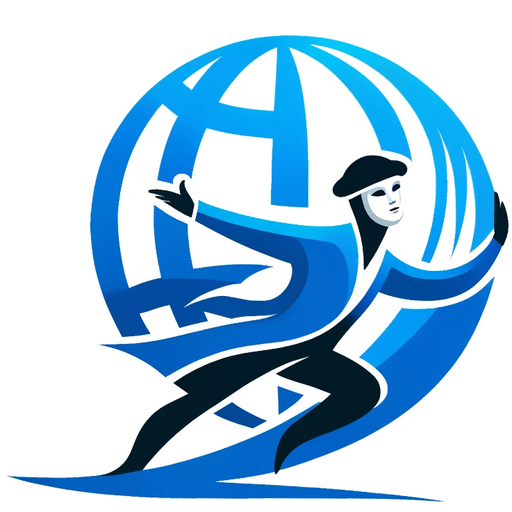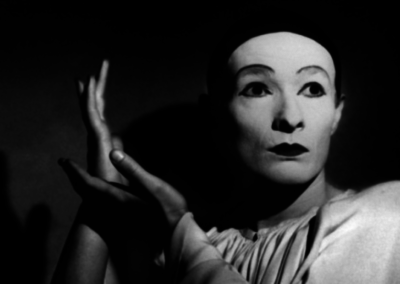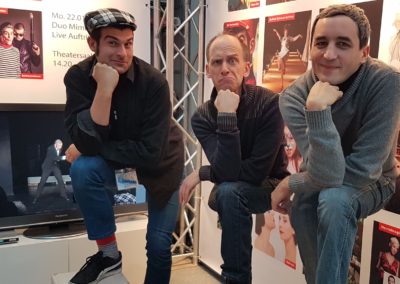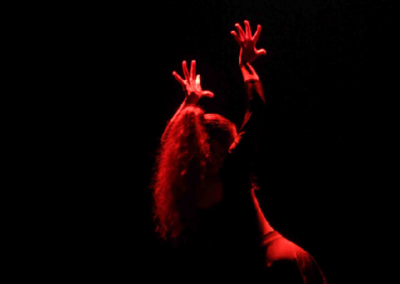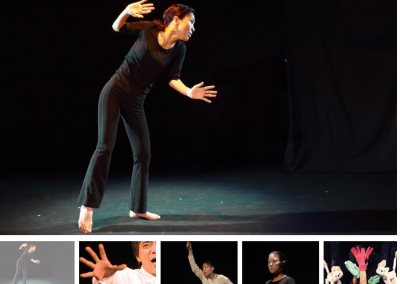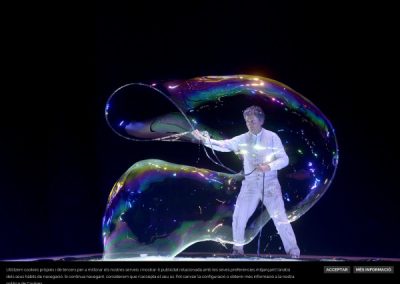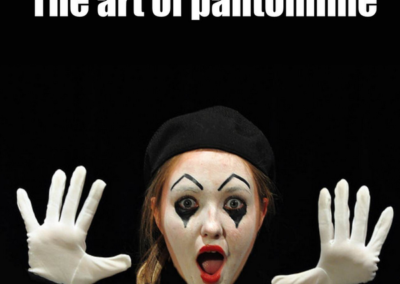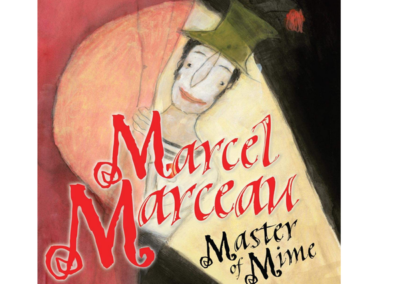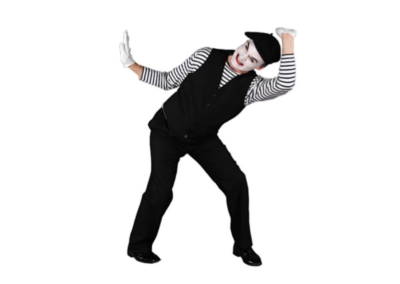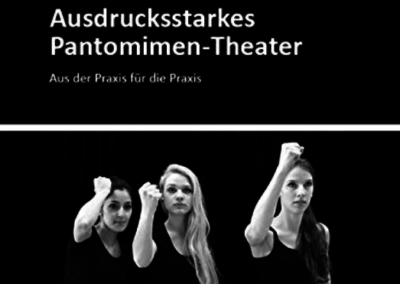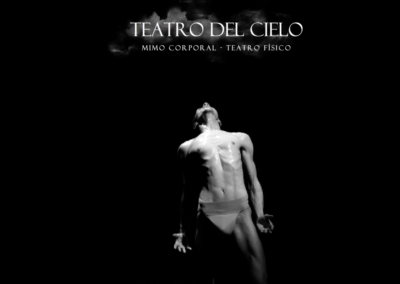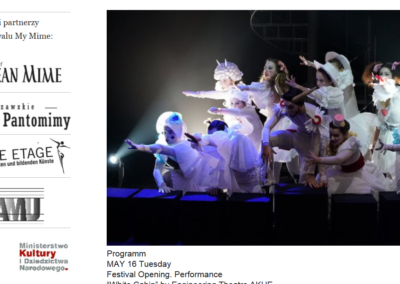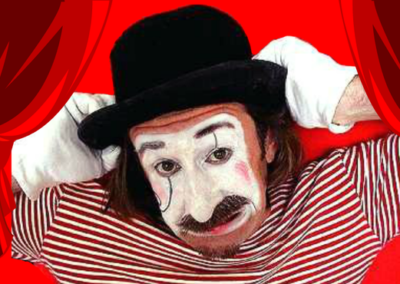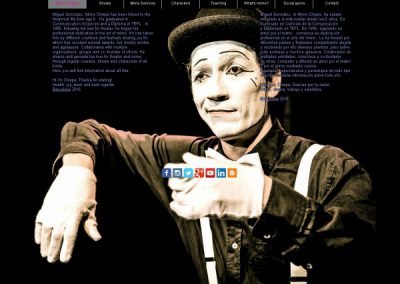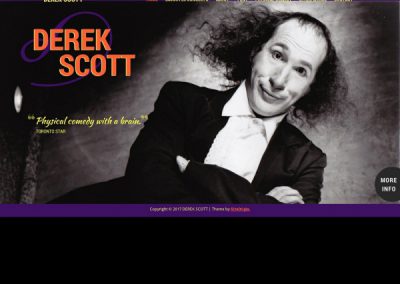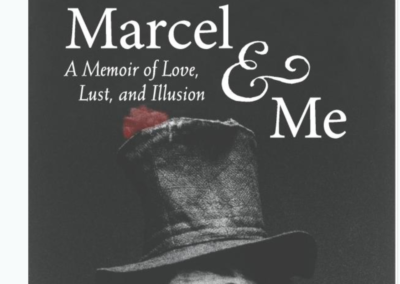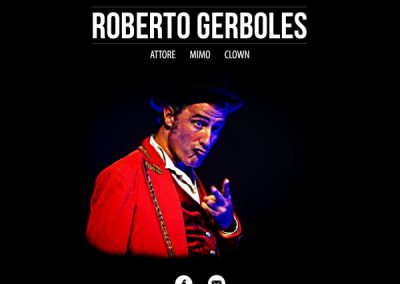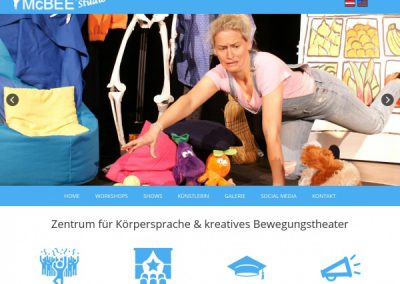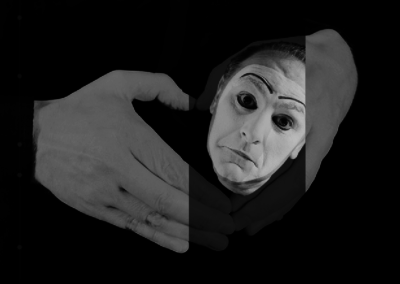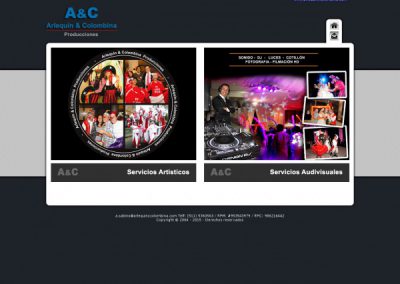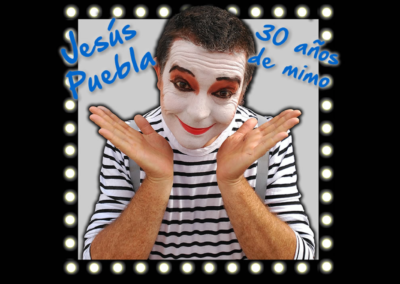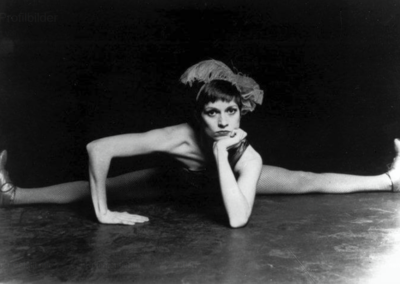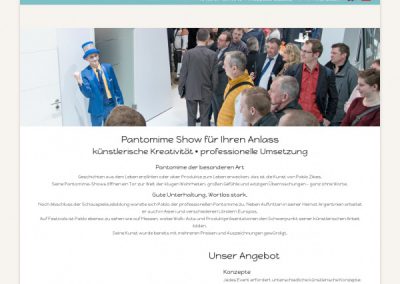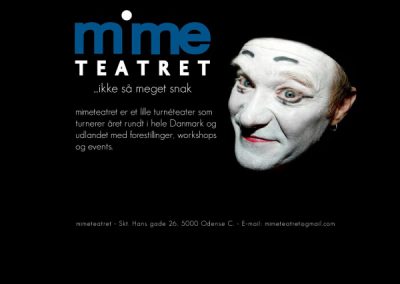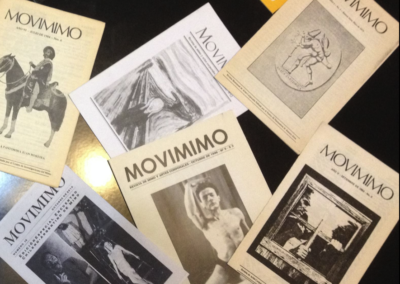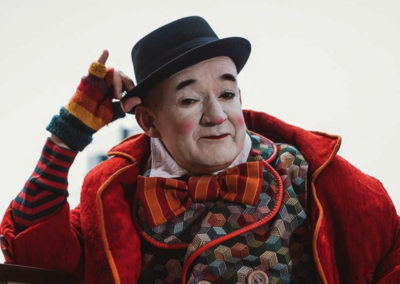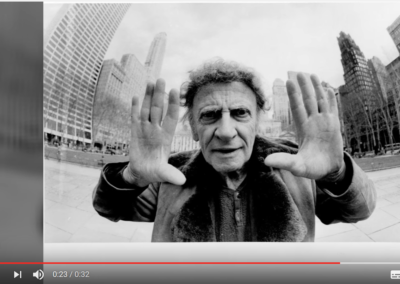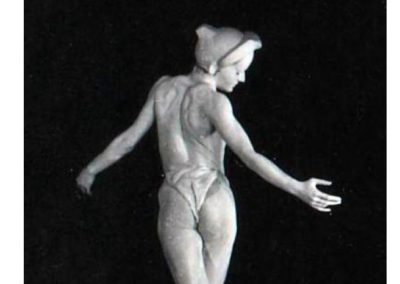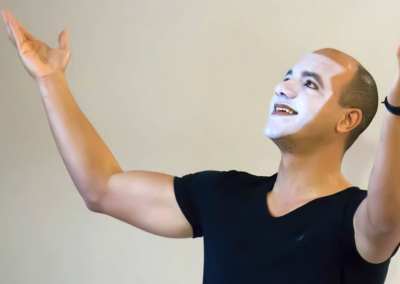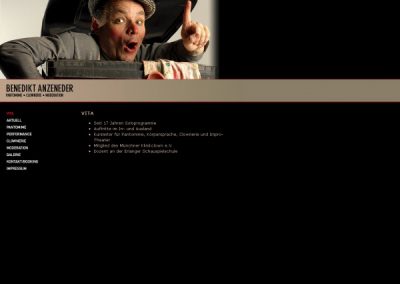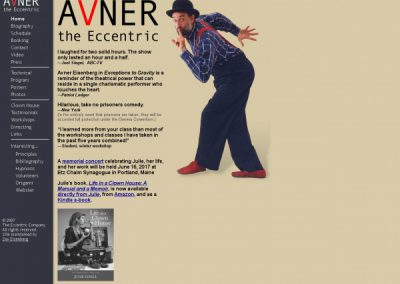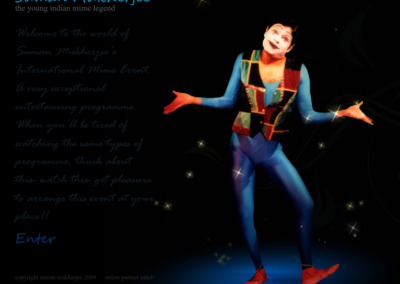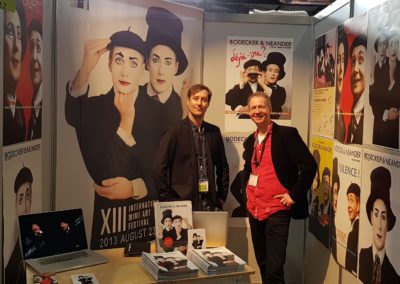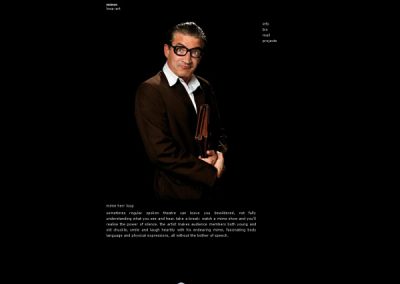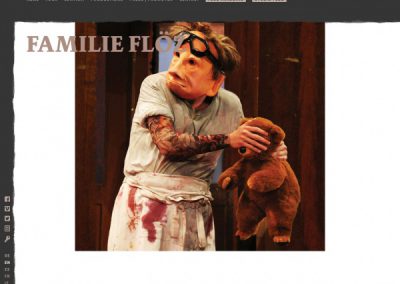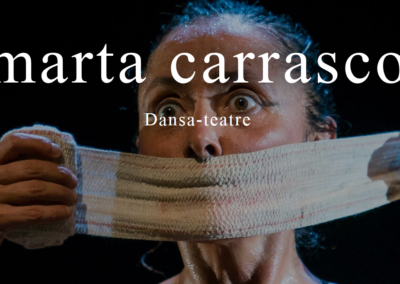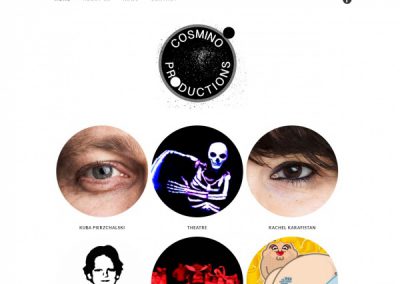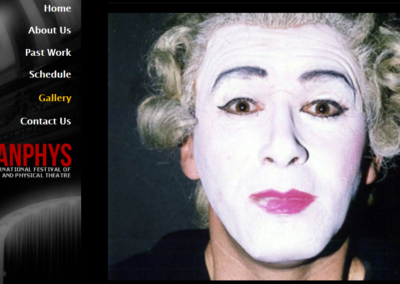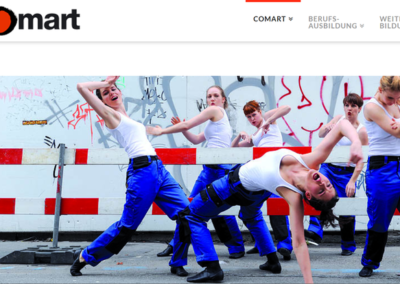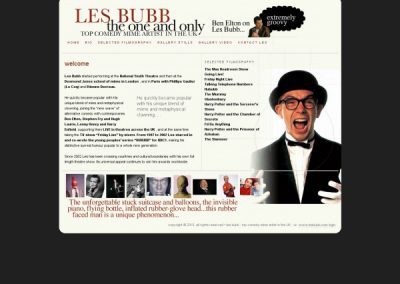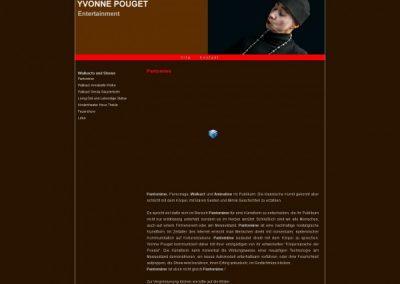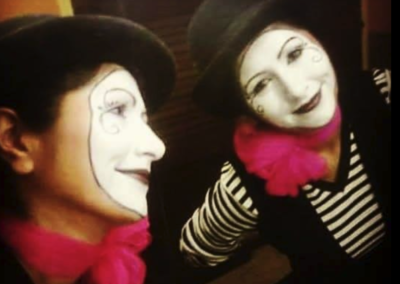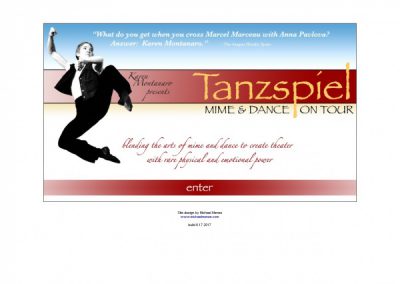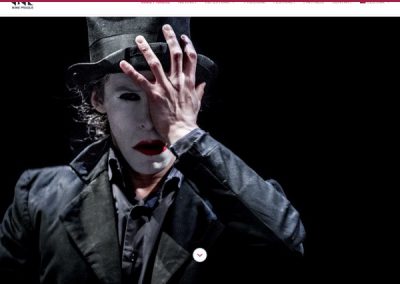Angel Elizondo
Pantomime
He was born in El Pucará, Rosario de Lerma, province of Salta, son of Alberto Elizondo and Antonia Teresa Quiroga. Married to Isabel Larguía in 1958, son Sebastián, and then with Maria Julia Harriet in 1972, daughter Julia Elena. He spent his early childhood on horseback at the estate of his grandmother Silveria Gutierrez, then in the villages of Rosario de Lerma, Joaquín V. Gonzalez, where his father was destined, perhaps in fulfillment of another of his cultural legacies: being a railroad , For love and tradition, and especially Campo Quijano where he acts and directs theater in a spontaneous, vocational and independent way. In that place he became “emeritus” goalkeeper of the football club “UNION HUAYTIQUINA” and found, despite his stature, a basketball club (sport that did not exist there): Sportivo Social Quijano. It integrated the greater selected of the soccer league of the Valley of Lerma to the 17 years.
Later it approached and was part of the group popularly called “The crazy Dávalos”, children of great salteño poet Juan Carlos. In this group he met and became friends with the painters Ramiro Dávalos and Roberto Ciro Bustos, the poet Raúl Araoz Anzoátegui, the poet Ervar Gallo Mendoza, the Cuchi Leguizamon, members of the Chalchaleros and Fronterizos, the journalist César Perdiguero, Barbarán Alvarado, the poet Manuel Castilla, the Pajita Garcia Bes, the poet Jacobo Regen, the fat Flores, etc. And of course Jaime, Arturo and Chiquilín Dávalos.
An anecdote: Not long ago Dalmiro Saenz asked Angel Elizondo if he had ever had scholarships. He said no. With the development of the conversation, after recalling that time, Dalmiro said to him: “how did you not have scholarships ?, what is it?”.
He later settled in the jungle (Colonia Santa Rosa) where he works as a school teacher, thanks to the qualification given to non-teaching stakeholders for border areas, desolate or dangerous and the intermediation of the poet Don Juan Carlos Dávalos .
In 1954 he traveled to Buenos Aires with the aim of studying the art of theater. Shortly after his arrival he is fortunate to be part of the theater of the Moon, where he begins to learn the trade practically. Intervening as an actor in: “The blacksmith and the devil” by Juan Carlos Gené directed by Roberto Duran and José María Gustierrez in the “Theater of the Moon”, “Tango” by Rodolfo Kusch, directed by Carlos Gandolfo and E. Lopez Perttierra in the “Theater of the Mask”, “Margarita” by Madeleine Badulée, directed by Roberto Durán, in different places of the Capital, programmed by the Municipality of the City of Buenos Aires, “Lords and ladies of the time before” Juan Carlos Gené and Eduardo Fasulo, direction of Juan Carlos Gené, in different places of the Capital programmed by the Municipality of the City of Buenos Aires.
In 1957 he travels to Paris, France, where he studies Mimo, Pantomime and Body Expression with Etienne Decroux and Jacques Lecoq. He worked for three years in the Company of Maximilien Decroux participating in the year 1959 in the Festival of the Vanguard that takes place in Paris. He directs the “Popular Ballets of Latin America”, touring cities of France, Finland, Lebanon, etc. He performs the choreography of “La Grande Machine” by Jean Jacques Azlanian in “Théâtre de Plaisance”, Paris and the mimicry of “Ping Pong Players” by Saroyan in the “Center USA”, Paris. Interviewed in a show about “Poet in New York”, by García Lorca, directed by Sara Pardo. This show won the “Out of Competition Award, Congratulations of the Jury” at the Theater University of the Nations – Paris 1962. He is part of the Argentine Delegation at the Paris Biennial – 1963. He performs a show at the “Théâtre de l’Etoile “Whose first two-month contract was extended twice depending on its impact.
In 1964 he returned to Argentina and settled in Buenos Aires where he founded the “Argentine School of Mime, Pantomime and Body Expression”, the first of its kind in the country. Today this school is called “Argentine School of Mime, Expression and Corporal Communication”.
He performs experimental work at Borda and Moyano Neuropsychiatric Hospitals with Dr. Jaime Rojas Bermúdez. He is invited to numerous meetings and congresses of Psychodrama, others of Psychotherapy, Psychology or Psychiatry. She teaches at the Argentine Association of Psychodrama and Psychotherapy Group, Buenos Aires and La Plata, National School of Dramatic Arts, Bahía Blanca Theater School, La Plata High School of Dance, National School of Theater of Peru, etc. In 1973 he is founding partner of the Argentine Association of Mimo. Participates in “Tango Comunicando” show created and directed by Edmund Valladares, along with Astor Piazzola, Lucio Demare, Ciriaco Ortiz and others.
With Alberto Sava and Carlos Palacios he directs the “2nd Congress and Latin American Festival of Mimo”
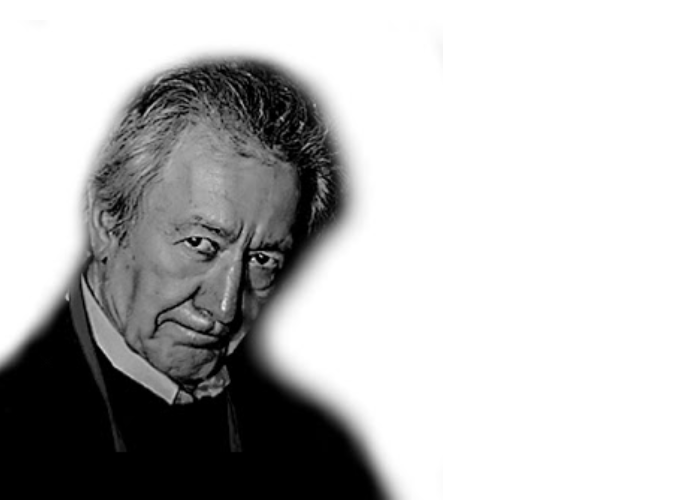
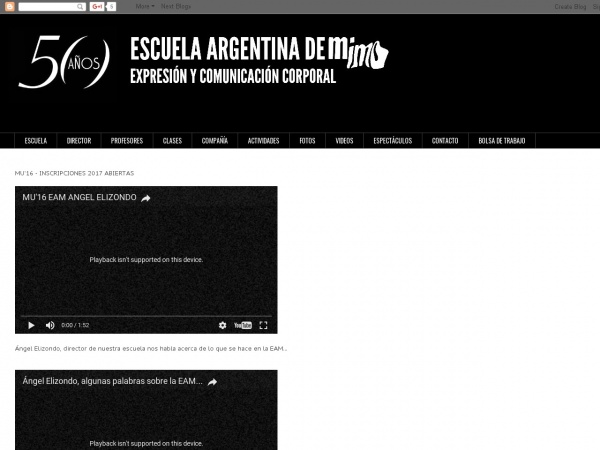
From https://www.lanacion.com.ar
One of Argentina’s most prominent mime artists, Ángel Elizondo, passed away in Buenos Aires at the age of 90, after a long and creative career that saw him train many generations of actors and stage numerous performances (some quite controversial) with his Mime Company. “I was an actor for a while,” the master once admitted, “and I also held various roles in the theatrical field (director, playwright, lighting designer, costume designer if needed, theater and mime teacher, dancer, choreographer, among other roles). In theater, we are generally multifaceted.”
Born in Salta in 1932, Elizondo lived in various localities within the province. At a young age, he worked as a teacher and simultaneously developed a particular interest in stage activities. The first performances he encountered were in circuses, as there were no theater halls in the places where he lived.
He arrived in Buenos Aires in the mid-1950s with the hope of joining a theater group. He enrolled in Nuevo Teatro, led by Alejandra Boero and Pedro Asquini, and later moved to Teatro de la Luna, where he worked with performers such as Roberto Durán, Juan Carlos Gené, Osvaldo Bonet, Inda Ledesma, and Carlos Carella.
He was part of the cast for “El Herrero y el Diablo” by Gené. The choreography was managed by María Escudero, with whom Elizondo began to maintain a creative relationship. She was about to travel to Paris with Francisco Javier, and Elizondo decided to accompany them because they were interested in training with Marcel Marceau.
Once in France, Elizondo’s path began to diverge slightly. He became the director of Les Ballets populaires d’Amérique Latine, a company that had a repertoire of Latin American dances and with which he performed very successful tours across Europe.
At the same time, he trained with three masters who were fundamental in his subsequent mime career: Étienne Decroux, Maximilien Decroux, and Jacques Lecoq.
In the mid-1960s, Elizondo returned to Buenos Aires (“I left as an actor and returned as a mime. I left speaking and came back mute,” he often remarked) and decided to create the School of Mime, Pantomime, and Body Expression within the Teatro Fray Mocho. Recruiting students was not easy, but gradually more disciples joined until the teacher managed to form a company with which he would stage numerous shows. In these performances, a particular characteristic often appeared: the performers acted with their bodies naked.
In an interview he gave to this newspaper in 2008, when he staged “Vestirse-desvestirse” at the Espacio Giesso, Ángel Elizondo said, “I try to make sure that when a performer needs to show anguish, the fibers of his body demonstrate it, and not that they are covered by other fibers, those of the clothes. In the first show I did at Di Tella, ‘Mimo’ (1965), I proposed nudity, but Roberto Villanueva called me and told me that it was not the line of the Institute to show renewal or experimentation under those parameters. In the 1970s, in ‘Los diarios’, I included a small nude scene and it was banned. Until I did ‘Ka… Kuy’ (also in the 70s) where for an hour and a half the performers were totally naked. The censors then suggested that I lower the lights. But it didn’t make sense because the idea was to show the body and not to seek a certain eroticism that would surely appear if we did what they wanted. Eventually, they banned it. I tried again in ‘Apocalypse, According to Others’ (1980), but here things were more violent. Then came ‘Open Theater’ and the burning of the Teatro del Picadero, where we presented that work.”
In the 1980s and 90s, the work of this prestigious mime gained very singular interest. Young actors who were then taking classes with masters like Carlos Gandolfo, Agustín Alezzo, and Augusto Fernandes (among others) began to complete their training by adopting Elizondo’s techniques and those of clowning taught by Cristina Moreira. This opened up an expressive world that was decisive in the work of many artists.
For several decades, Elizondo attempted to produce a book with the intention of describing not only his life story but also aspects of his work technique. It took him a long time to define what materials to expose in it and finally, in 2020, with the help of researcher Ignacio González, he managed to shape “Testimonio H. Una pasión, una vida, un legado.” The volume, published by the National Theater Institute, was presented at the last Buenos Aires Book Fair, where Ángel Elizondo was accompanied by
